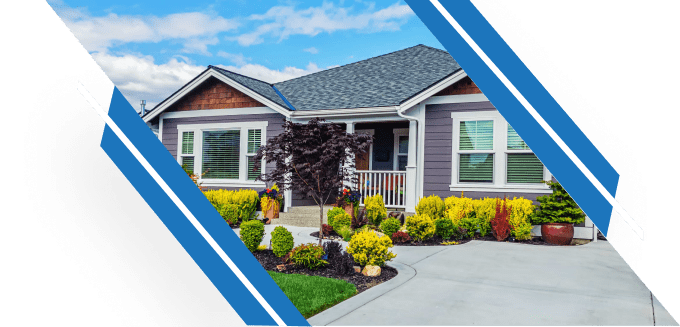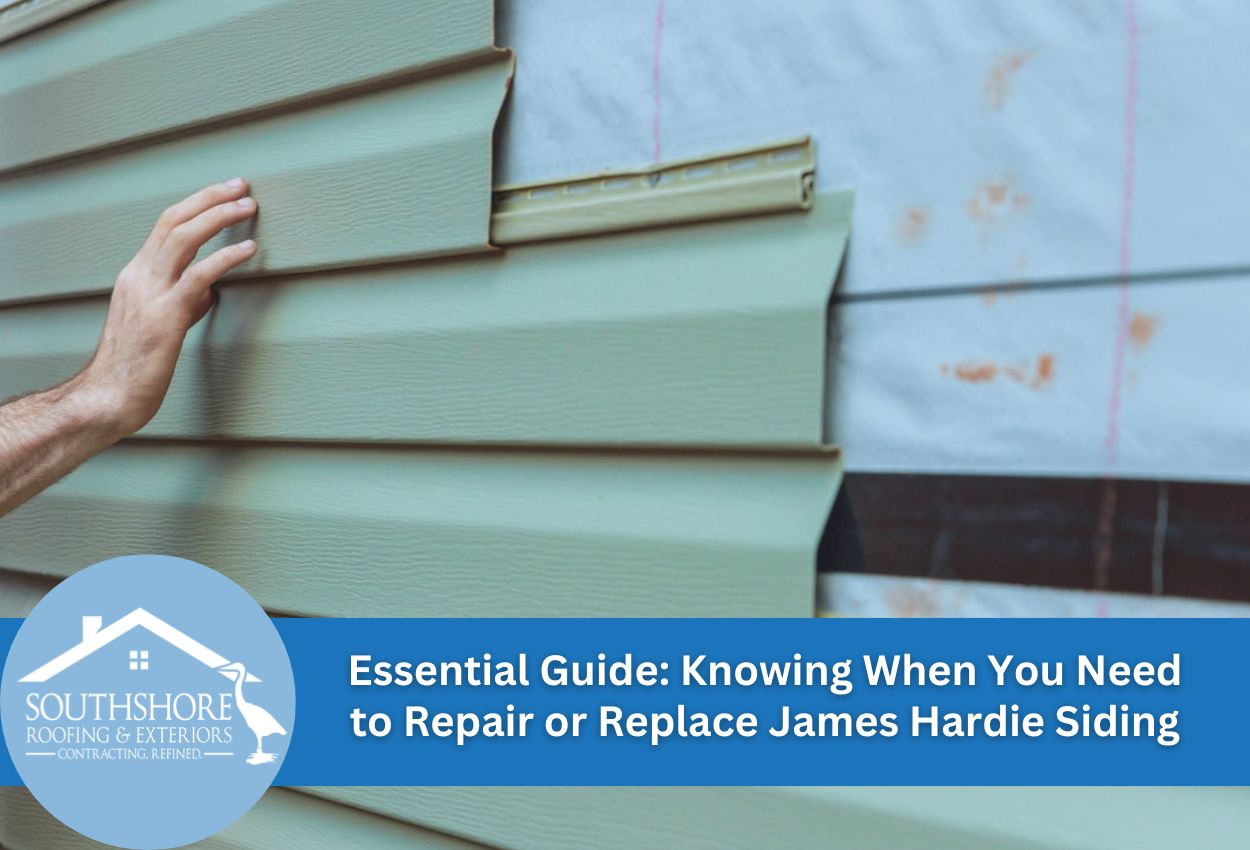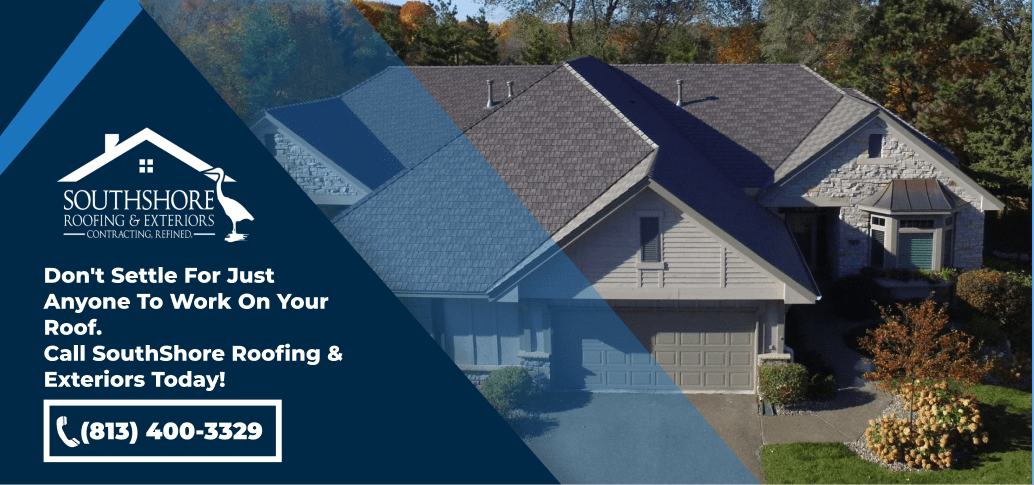James Hardie siding is a premium choice for Tampa homeowners seeking durability against Florida’s harsh climate. Despite its reputation for longevity, this fiber-cement siding isn’t immune to the effects of time and weather. Even the most robust siding materials eventually show signs of wear that need professional attention.
Recognizing the early warning signs of James Hardie siding damage can save homeowners significant expenses down the road. What might begin as tiny cracks or moisture infiltration can quickly escalate into structural issues if left unaddressed. Understanding when repair is sufficient vs. when replacement is necessary is crucial for maintaining your home.
In many cases, delayed maintenance can transform small siding issues into major renovations. The subtropical Florida climate, with its combination of intense sun, high humidity, and occasional severe storms, takes a toll on exterior building materials. These environmental factors can accelerate deterioration that might progress more slowly in other regions.
It is important for homeowners to understand the signs of fiber-cement siding deterioration to preserve their property. This knowledge helps distinguish between cosmetic issues and structural concerns that require immediate professional attention.
Visible Damage to Fiber-Cement Siding: What to Look For
James Hardie siding damage signs often appear gradually, making regular visual inspections essential for Tampa homeowners. The intense Florida sunshine can cause color fading over time, particularly on south and west-facing walls that receive the most UV exposure. While fading is primarily aesthetic, it signals that your siding is experiencing weathering that may lead to more serious issues.
Cracks and chips are more concerning signs of fiber-cement siding deterioration. Small hairline cracks might seem minor, but can allow moisture behind the siding, which is especially problematic during Tampa’s rainy summers. Hurricane-force winds can cause siding panels to loosen or warp, creating entry points for water and compromising your home’s weather barrier.
To conduct a thorough inspection, walk around your home’s exterior on a clear day, examining each siding panel from different angles. Look specifically for warped or buckled sections, which often indicate moisture problems behind the siding. Document any concerning areas with photos, noting their location and the extent of damage.
Extra attention should be paid to areas around windows, doors, and where siding meets the roof line, as these junction points are most vulnerable to water intrusion. Knowing when you need to repair or replace James Hardie siding often depends on whether the damage is isolated or widespread across multiple panels.
Warning Signs of Moisture and Water Damage
Water infiltration represents one of the most serious threats to James Hardie siding. While fiber-cement siding resists moisture better than wood alternatives, prolonged exposure to water can eventually compromise even this durable material. Early detection of moisture issues is critical for maintaining James Hardie siding’s longevity and preventing structural damage.
Common moisture-related warning signs include dark water stains or discoloration that doesn’t wash away with rain. Pay attention to areas where siding meets the ground, as splashback from heavy Florida downpours can gradually deteriorate lower panels. Soft spots in the siding indicate advanced moisture damage that requires immediate professional assessment, as the material should remain firm when pressed.
Tampa’s climate can significantly damage fiber-cement siding. During hurricane season, wind-driven rain can force water behind siding at seams and edges, especially if caulk has deteriorated. The region’s high humidity levels can also impact improperly sealed siding, causing internal moisture buildup that remains invisible until significant damage occurs.
After severe storms, inspect your home for new James Hardie siding damage signs, specifically around areas where flying debris may have created impact points. Also, check drainage paths around your home’s foundation, as poor drainage can create constant moisture exposure that accelerates siding deterioration.
When Repairs Are Sufficient for James Hardie Siding
Not every issue with James Hardie siding requires a complete replacement. In many cases, localized repairs can effectively address damage while preserving the integrity of your home’s exterior. Understanding when repair is appropriate vs. when replacement becomes necessary helps Tampa homeowners make cost-effective decisions about their fiber-cement siding.
Isolated damage to individual boards presents an ideal scenario for repair rather than replacement. Small cracks, minor chips, or damage limited to one or two boards can typically be addressed by replacing just the affected sections. This approach is often the best option when the majority of your siding remains in good condition with no signs of widespread deterioration.
Surface-level issues like small holes, minor impact damage from storms, or limited areas of paint failure can also be effectively repaired. Professional contractors can patch smaller imperfections or replace individual boards, matching the existing color and texture to maintain your home’s appearance. Localized moisture damage caught early, before it affects the structural components behind the siding, often responds well to targeted repairs.
Tampa siding professionals recommend repairs when damage affects less than 30% of your total siding area. The repair process typically involves carefully removing damaged boards, inspecting the water barrier beneath, addressing any underlying issues, and installing new matching siding pieces. This approach preserves James Hardie siding and your home’s protection against Florida’s challenging weather.
Critical Signs Full Replacement Is Necessary
While some damage to James Hardie siding can often be repaired, certain conditions signal that a complete replacement is the more practical solution. Widespread deterioration across multiple areas of your home indicates systemic failure that spot repairs cannot adequately address. When more than 30% of your siding shows damage, replacement typically becomes more cost-effective than continuous repairs.
Structural concerns are another signal that a full replacement is needed. If you notice your siding has separated from the house in multiple locations or detect softness in the underlying wall structure, this suggests moisture has compromised the building envelope. Tampa homes with extensive water damage behind the siding face potential structural integrity issues that require comprehensive remediation.
Advanced age is another consideration. Even with proper maintenance, James Hardie siding approaching the end of its 30 to 50-year expected lifespan will naturally show cumulative wear from decades of Florida’s harsh sun, humidity, and storm exposure. When combined with visible deterioration, this age factor often tips the scales toward replacement.
Energy efficiency concerns also signal that replacement is necessary. Damaged siding compromises your home’s thermal envelope, potentially increasing cooling costs significantly in Tampa’s hot climate. When multiple panels have failed, the cumulative effect on energy performance often justifies the investment in new siding that will restore insulation and protection against the elements.
Maintenance Practices to Extend Siding Lifespan
Proactive maintenance is the key to maximizing your James Hardie siding’s lifespan, especially in Florida’s extreme climate. Tampa homeowners can extend their investment through regular care that addresses the environmental stressors of the Gulf Coast. A well-executed maintenance routine prevents issues from developing in the first place, preventing the need for extensive repairs or premature replacement.
Regular cleaning is the foundation of effective siding maintenance. For Tampa properties, a gentle cleaning with mild soap and water twice yearly removes salt buildup, mold, and mildew that can deteriorate fiber cement over time. Avoid pressure washing, which can force water behind the siding and damage the protective finish that shields against UV radiation.
Inspect caulking around windows, doors, and trim, areas that are more vulnerable to Florida’s driving rains. Deteriorated caulk creates entry points for moisture, undermining siding integrity from behind. Similarly, maintain clearance between siding and landscaping, as overgrown vegetation traps moisture against panels and accelerates deterioration.
Tampa siding professionals often recommend scheduling professional inspections after major storms, when James Hardie siding damage signs might be present but not immediately visible. Early intervention for damage prevents the spread of issues that could eventually necessitate full replacement. Maintaining drainage around your home’s foundation also protects lower siding panels from unnecessary moisture exposure that can compromise the material.
How to Find a Qualified Siding Professional in Tampa
Finding the right contractor to repair or replace your James Hardie siding is crucial for high-quality, long-lasting results. Siding professionals should understand how fiber-cement siding performs in high humidity, intense UV exposure, and hurricane-force winds. Look for contractors with specific experience installing and repairing James Hardie products, as fiber cement requires different techniques than vinyl or wood siding.
When evaluating potential siding professionals, verify their credentials thoroughly. Legitimate contractors should have valid licenses, insurance coverage, and certification from James Hardie as preferred installers. These certifications indicate the contractor has received specialized training in proper installation techniques that maintain warranty coverage. Ask for references from previous fiber-cement siding projects in the Tampa area, ideally those completed a few years ago, so you can assess durability.
During consultations, quality contractors will thoroughly inspect your siding damage, explain whether repair or replacement is more appropriate, and provide detailed written estimates. Ask specific questions about their approach to moisture barriers, flashing installation, and sealing techniques — all critical for preventing future siding deterioration in Florida. Reputable professionals will also discuss maintenance recommendations to extend your siding’s lifespan after repairs or replacement.
While comparing quotes, remember that the lowest price isn’t always the best value. Focus on contractors who demonstrate thorough knowledge of James Hardie siding damage signs and proper remediation techniques specific to subtropical coastal environments like Tampa.
Protect Your Home with Expert James Hardie Siding Services
If you’ve noticed any of the signs discussed, such as extensive cracking, warping, or moisture penetration, it may be time to consider a full replacement of your James Hardie siding. SouthShore Roofing & Exteriors specializes in both the repair and replacement of fiber-cement siding, keeping your home safe and beautiful. Don’t let damage escalate into structural issues. Acting now can save you money and protect your property value.
Ready to assess the condition of your siding or discuss replacement options? Call SouthShore Roofing & Exteriors today at (813) 400-3329 for a professional siding consultation. Ensure your home’s exterior is in top condition with our expert team.




